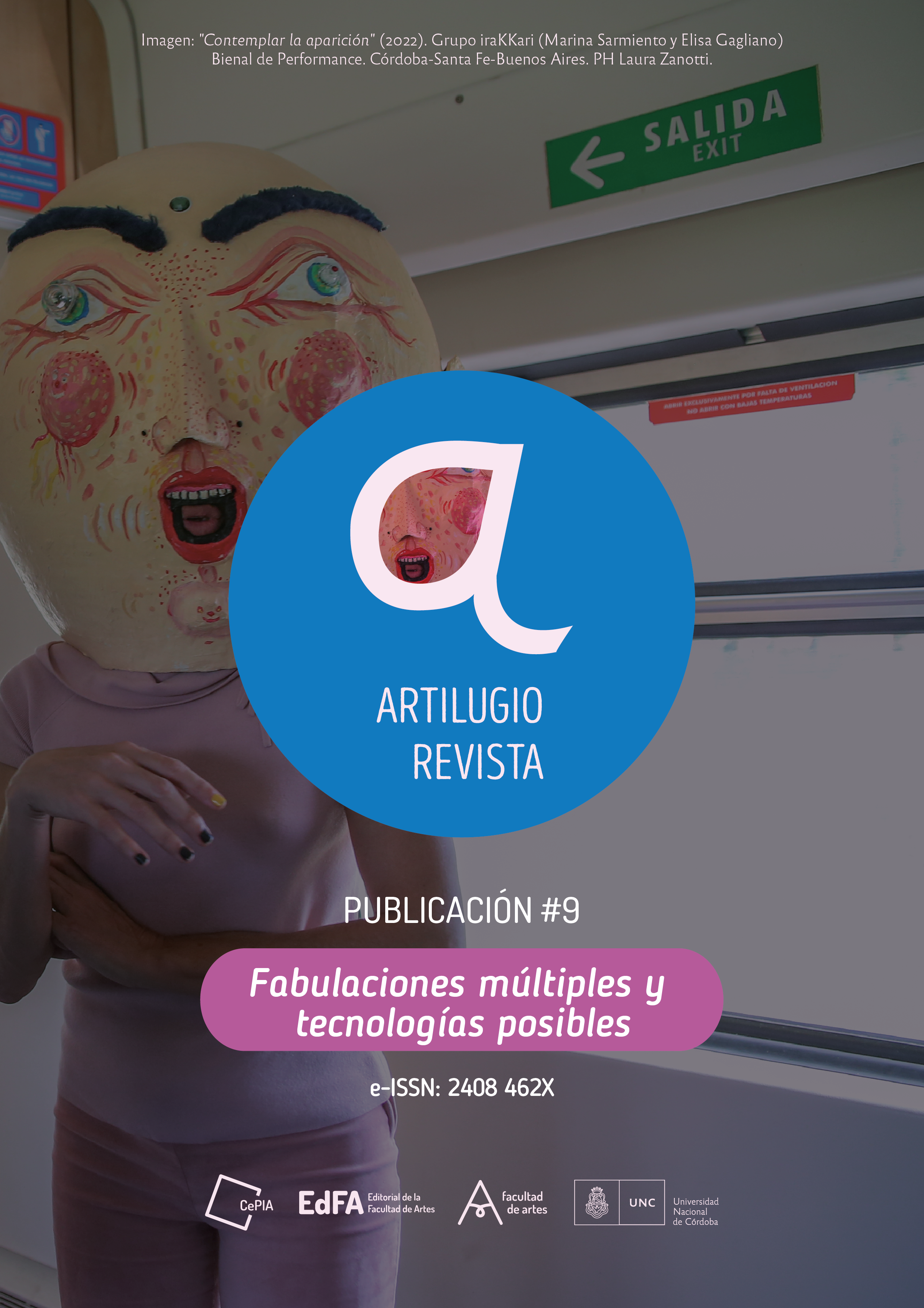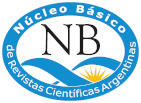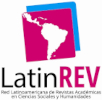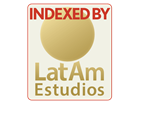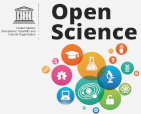Alejandra Pizarnik or reading the visible and contemplating the legible
DOI:
https://doi.org/10.55443/artilugio.n9.2023.42245Keywords:
Pizarnik, writing, plasticity, rewriting, collageAbstract
Alejandra Pizarnik was an extraordinary observer. Her formal bet is part of a radically visual and transgressive tradition that questions itself –like one of the characters in Los poseídos entre lilas– about “the gift of the gaze”. The dadaist experiments, Breton's reflections on painting and Bataille's texts on the eye left traces in her writings. But his poetic images –which he called “visions”, following a slogan from Rimbaud– are also inspired by the hybrid figures of Bosch, Goya's Caprichos, Van Gogh's self-mutilation, Michaux's Mezcal drawings and the violence of Artaud's manuscripts. In addition to a disturbing aesthetic, Pizarnik takes tools and techniques from these artists. The following pages try to explore her writing laboratory as an atelier and editing room, exposing the materials with which she elaborates her work and her constructive principles of her poetics. The theoretical operation carried out by Pizarnik in the field of the image allows us to understand the plasticity of a writing that unfolds in a continuous slide between two languages.
Downloads
References
Aira, C. (2001a). Alejandra Pizarnik. Barcelona: Omega.
Aira, C. (2001b). Las metamorfosis de Alejandra Pizarnik. ABC Cultural, pp. 7-8.
Aira, C. (1995). La innovación. Boletín del grupo de estudios de teoría literaria, 4, pp. 27-33.
Bachelard, G. (1982). Poética de la ensoñación. México: Fondo de Cultura Económica.
Barthes, R. (1987). El susurro del lenguaje. Barcelona: Paidós.
Barthes, R. (2007). Variaciones sobre la escritura. Buenos Aires: Paidós.
Béguin, A. (1954). El alma romántica y el sueño. Ensayo sobre el romanticismo alemán y la poesía francesa. México: Fondo de Cultura Económica.
Béguin, A. (1957). Poésie de la présence. De Chrétien de Troyes a Pierre Emmanuel. Paris: Du Seuil.
Breton, A. (1972). El surrealismo. Puntos de vista y manifestaciones. Barcelona: Barral.
Buge, J. (1962). Max Picard et la sagesse. Cahiers du Sud. 49me. année, 368.
Carrera, A. (1981). La escritura ilegible de Mirtha Dermisache. Xul signo viejo y nuevo, 3, pp. 31-36.
Cozarinsky, E. (1970). Un grado cero de la escritura. Panorama, 156, p. 51.
Dalmaroni, M. (1996). Sacrificio e intertextos en la poesía de Alejandra Pizarnik. Orbis Tertius. Revista de teoría y crítica literaria, 1, pp. 93-116.
Derrida, J. (1986). Forcener le subjectile. En P. Thévenin y J. Derrida, Antonin Artaud: dessins et portraits (pp. 55-108). Paris: Gallimard.
Di Ció, M. (2014). Une calligraphie des ombres. Les manuscrits de´Alejandra Pizarnik. Paris: Presses Universitaires de Vincennes.
Fauchereau, S. (2006). Graphein. Algunos paralelismos entre la pintura y el dibujo. En Imagen y palabra. Madrid: Consorcio del Círculo de Bellas Artes.
Hausenstein, W. y Reifenberg, B. (1958). Max Picard zum siebzigsten Geburtstag, Erlenbach-Zürich: E.Rentsch.
Klee, P. (2007). Filosofía de la creación. En Teoría del arte moderno. Buenos Aires: Cactus.
Perednik, J. S., Doctorovich, F. y Estévez, C. (2016). El punto ciego. Antología de la Poesía Visual Argentina de 7000 a.C. al Tercer Milenio / The Blind Spot. Visual Poetry from Argentina. San Diego: San Diego State University Press.
Pizarnik, A. (s/d). Cuaderno verde (inédito), colección I. Bordelois.
Pizarnik, A. (1967). Entrevista con Roberto Juarroz. Zona franca. Revista de literatura e ideas, VI(52), pp. 10-13.
Pizarnik, A. (2016). Nueva correspondencia. Ciudad Autónoma de Buenos Aires: Alfaguara.
Pizarnik, A. (2000). Poesía completa. Barcelona: Lumen.
Pizarnik, A. (2002). Prosa completa. Barcelona: Lumen.
Pizarnik, A. (1972). Retrato de voces. Árbol de Fuego, 5 (50), p. 5.
Reverdy, P. (1977). La imagen. En Escritos para una poética (pp. 26-27). Caracas: Monte Ávila.
Reverdy, P. (1945). Poèmes en prose. En Plupart du temps I. 1915-1922. Paris: Gallimard.
Downloads
Published
Issue
Section
License
Copyright (c) 2023 Evelyn Galiazo

This work is licensed under a Creative Commons Attribution-NonCommercial-ShareAlike 4.0 International License.

